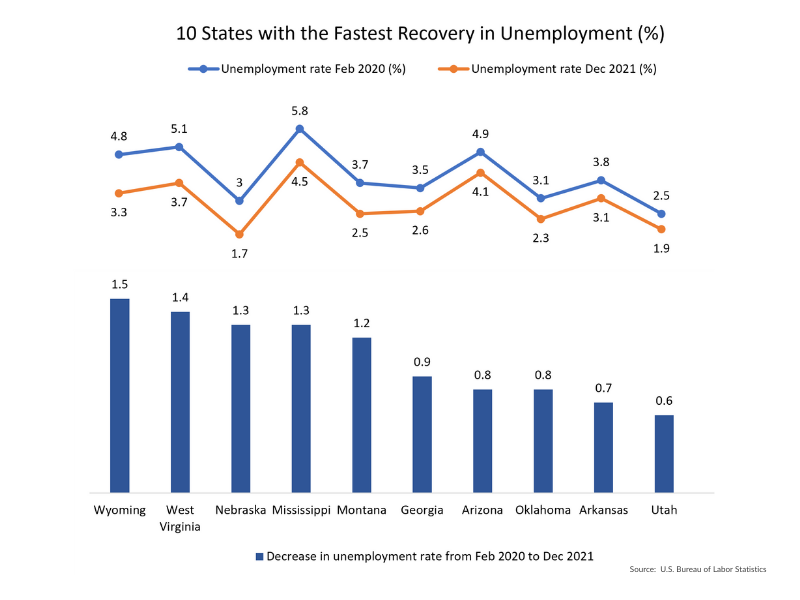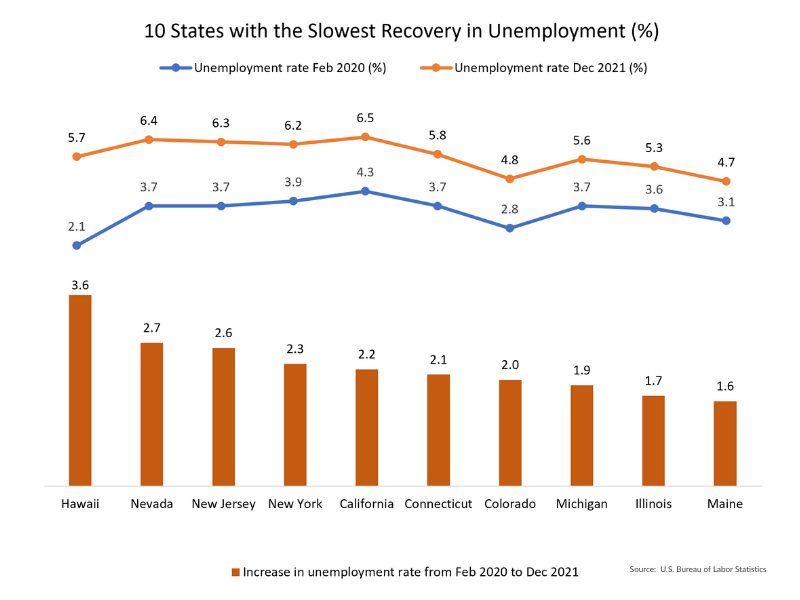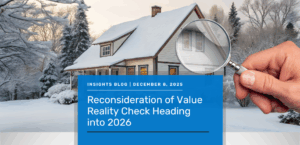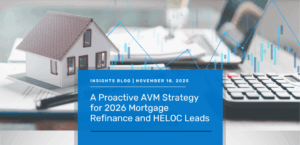States with record-low unemployment struggle to fill positions amid high quit rates. So, what else is driving the labor shortage across the nation?
The U.S. unemployment rate dropped to 3.9% in December 2021 after peaking at 14.7% in April 2020, with steady hiring across states. Wyoming’s employment situation has shown the most improvement over the course of the pandemic and its current unemployment rate stands at 3.3%, which is 1.5% lower than what it was before the pandemic started. West Virginia and Nebraska are a close second and third. Additionally, among the top ten states with the most improvement in employment, except Wyoming and Arizona all have posted record low unemployment rates since the data was first tracked. However, there is a downside to this positive data. These states also have some of the highest quit rates in the country. So, employers are finding it difficult to fill their job postings since many Americans are reluctant to return to the workforce as they seek better employment opportunities or start their own businesses or are choosing to retire early.
10 States with the Fastest Unemployment Recovery

Montana, Arizona, and Utah are not only in the top ten states for most improvement in unemployment, but they have also registered some of the highest rates for inward migration in 2021. After the pandemic hit and remote work became the main-stream mode of working, people started looking for larger and more comfortable homes. With the option of living anywhere, many Americans moved across state boundaries from large urban areas to places where they could find not only cheaper real estate but also lower state and local income taxes, which reduced their cost of living. As population grew in these states, it fueled demand for housing, construction, and some service producing industries, hence supporting employment in these states. The Manufacturing, Construction, Trade and Professional & Business Services sectors in all three states now employ the same number or more people than they did before covid-19 hit.
10 States with the Slowest Unemployment Recovery

On the other end of the spectrum are the states of Hawaii, Nevada, New Jersey, New York and California, which have unemployment levels much higher than the pre-pandemic levels and above the national average. Hawaii has fared the worst in terms of employment gains; its current unemployment is 3.6% higher than in early 2020. Its Trade and Leisure & Hospitality industries, two of the three largest employers, were hit hard by the pandemic and are still recovering from the huge job losses witnessed in March-April 2020. Nevada’s current unemployment is 2.7% higher than at the start of 2020; its largest employer – the Leisure & Hospitality industry – lost almost 60% of jobs in the early months of the pandemic. Employment in the sector is now back up to 80%. New Jersey has recovered only 78% of its non-farm jobs that it lost in March-April 2020 and some employers are still finding it difficult to fill in job openings. California’s current unemployment rate is the highest among all states; over 2.7 million jobs were lost in the early months of the pandemic of which close to a million were in the Leisure & Hospitality segment. Only 68% of people in this sector have returned to their jobs, while others wait out with the hope of finding better employment prospects.
The declining unemployment rates across all states amid high quit rates and job openings is suggestive of a tight labor market. Veros closely tracks the employment situation across the country as this is one of many factors that influences the future of house prices. Our forecast product VeroFORECASTSM indicated in our most recent updates that house prices will appreciate on average 6.8% for the next twelve months.
Source: U.S. Bureau of Labor Statistics

About Reena Agrawal, Research Economist
Reena Agrawal received her PhD in Economics from Vanderbilt University and MA in Economics from The Ohio State University and has several years of industrial experience in economic research and analysis.







